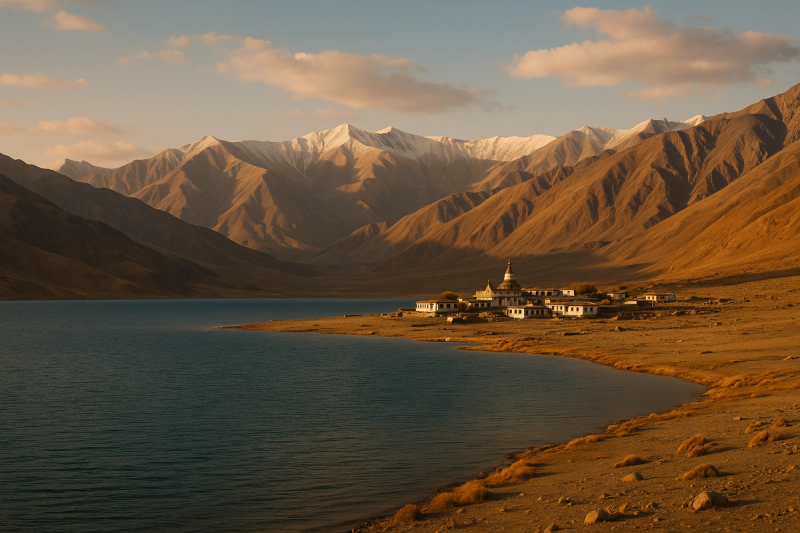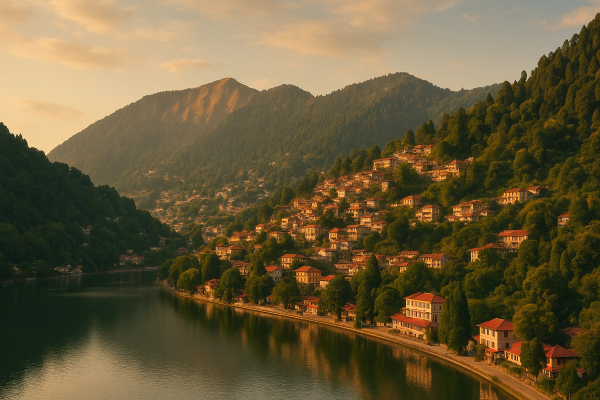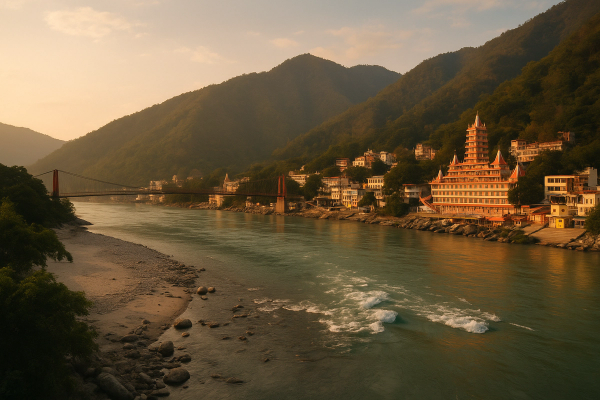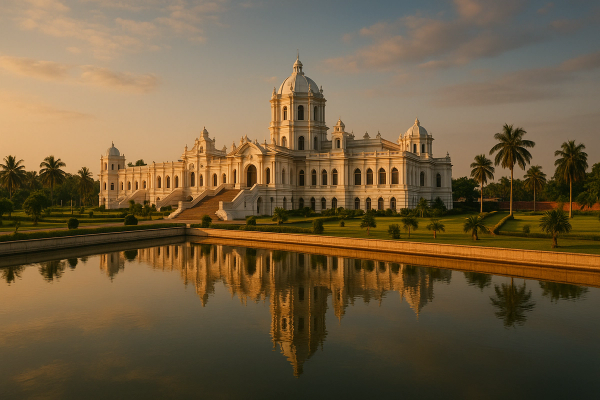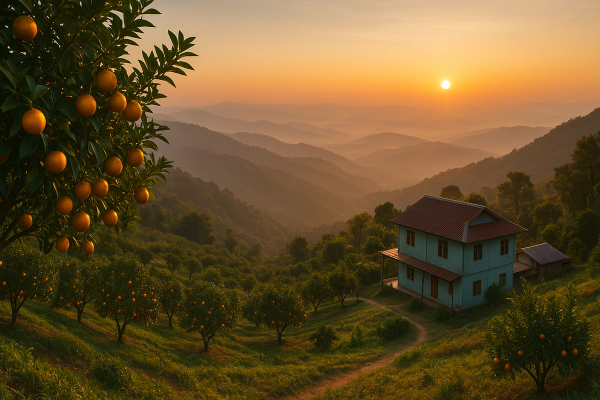Top 7 Ladakh Lakes for Your Bucket List — notes from the road, chai in hand#
So, Ladakh happened. Finally. I’ve babbled about those blue-as-dream lakes for years, and when I actually stood there with numb fingers and sunburnt nose, it was like… silence. Proper silence. Wind slicing through, prayer flags snapping, my head a bit light from the altitude, and a feeling that no photo, not even the fancy mirrorless ones, really nails it. If you’re planning, pack patience. And snacks. Always snacks.¶
1) Pangong Tso — the blockbuster, but still personal if you let it#
Everyone knows Pangong, thanks to that 3 Idiots scene. But trust me, it’s still crazy-beautiful. The drive from Leh via Chang La took me about 5.5 hours with tea breaks at Tangste. I reached near sunset, wind howling, and the lake doing this wild gradient of blue and brown. Stayed in a simple homestay at Spangmik, because camps felt too pricey and too close to the water. Don’t swim. Don’t even touch much. It’s cold as needles and fragile. Night was freezing — two quilts, yak-hair socks, still shivering but happy.¶
2) Tso Moriri — quiet, wide, bird-full, and more soulful than insta-famous#
Moriri is calmer than Pangong, like a long exhale after a chaotic day. Korzok village sits right against it and that’s where you should stay because camping by the shoreline is banned. It’s a protected wetland, a proper conservation zone. I saw bar-headed geese slicing across the water and, for a hot second, a black-necked crane. The road via Chumathang was patchy in spots, tea was amazing, and there’s this subtle hum of nomad life — pashmina, pastures, sun on bones.¶
3) Tso Kar — salt flats, stark white edges, and birds like punctuation#
Tso Kar blew my mind with its textures. White salt rings, shallow blue, and an emptiness that feels ancient. It’s a Ramsar site now, which basically means behave. Most folks do Tso Kar on the way to or from Manali via More Plains. I stayed in Thukje village in a super basic homestay. Bucket bath, endless chai, and a kid taught me how to stack stones without them collapsing. Birders go bonkers here. I get why.¶
4) Yarab Tso — Nubra’s little secret above Panamik#
A short hike above Panamik in Nubra and suddenly you’re at this emerald bowl of water, sacred and perfectly still. Locals request quiet, no shoes at the edge, no splashing. Felt right to just sit and breathe. Getting to Nubra means crossing Khardung La — yes, the big one; acclimatise well. I ate samosas at Diskit, drank sea buckthorn juice because everyone told me to, then did Yarab at sunrise. It glowed. I glowed. Little bit of altitude giggles, not gonna lie.¶
5) Kiagar Tso (Kyagar Tso) — the turquoise tease before Moriri#
On the Sumdo–Korzok stretch, Kiagar Tso just appears. Turquoise like a paint spill. No big facilities, no hustle, just wind. It’s one of those stop-for-15-mins-and-stay-for-50 kind of spots. I sat with a truck driver eating Parle-G and staring at ripples. If you’re doing Moriri, keep your eyes open for this. Also, the sun is sharp here — cap, sunscreen, lip balm or your face will feel like sandpaper.¶
6) Stat Tso & Lang Tso — twin moods in Zanskar#
Different valley vibe entirely. Zanskar is wild and young in the best way. The twin lakes near Padum are smaller than the big names, but they have character. One was glassy and calm that morning, the other had wind scribbles. Reaching Zanskar from Kargil is dramatic — cliffs, gompas, the Drang-Drung glacier if you push towards Pensi La. Roads are improving, but you still earn your views with bumps and dhaba chai. Worth it? 100%.¶
7) Chagar Tso — quick joy near Leh#
If your legs are tired or your itinerary is packed, Chagar Tso is a neat little lake close to Leh. Locals go for quick sunsets and chilly photo ops. I squeezed it in between shopping for prayer flags and hot butter tea. It’s not remote or huge, but honestly, after a long travel day, that soft blue and easy access felt like a gift. Also good to test your layers before you commit to longer, colder nights.¶
Practical info you actually need (the boring bits that save your trip)#
- Altitude hits hard. Sleep in Leh at least 24–48 hours before you push to lakes. Hydrate, light meals, no running around like a Bollywood hero. AMS is real.
- Permits: Indian travelers generally need Inner Line Permits for circuits like Nubra, Pangong, and Moriri. You can apply online via LAHDC Leh or at the Tourist Information Centre. Keep ID handy. Fees roughly 400–600 per person depending on circuits and environment/wildlife charges. Foreigners require Protected Area Permits.
- Season: Best window June to mid-September. May and late September are quieter but colder. Roads can shut after sudden snow. Lakes freeze in winter; some routes become risky or outright closed.
- Getting there: Flights to Leh from Delhi, Mumbai, Srinagar. Road via Srinagar–Leh usually opens around May. Manali–Leh is more dramatic but opens later, often June. Always check BRO and LAHDC updates before you roll.
- Transport: Local taxi union rates are fixed. Private Leh–Pangong return can be 12k–18k depending on season and stops. Shared cabs 1500–2500 per seat if you’re flexible. Bikes rent 1200–2000 per day; carry tools and ride chilled, not fast.
- Self-drive rental cars from outside Ladakh generally face restrictions beyond Leh. Personal vehicles are okay. If you must rent, do it in Leh to avoid drama.
- Network: Only postpaid SIMs work widely. Jio and Airtel good in Leh and parts of Nubra. Tangste and Spangmik spotty. BSNL saves the day sometimes. Download offline maps, carry cash.
- Money: Budget stays 1200–2500 per night, mid-range 3000–6000, camps near Pangong 2500–4000. Homestays in Korzok or Thukje are cheaper and warmer in vibe. Card machines are rare outside Leh. Cash is king.
What to eat and the small culture threads that make it special#
Thukpa in the cold is illegal levels of comfort. Momos everywhere, but the village ones taste best. Try skyu if you find it, noodle-ish and hearty. Salt-butter tea sounds odd, works when the wind is beating your ears. In Nubra, sea buckthorn juice is local, slightly tangy. Khambir bread with apricot jam saved me one chilly morning. Be gentle with monasteries — shoulders covered, photos okay if you ask. Donate a little, not just likes.¶
Lesser-known but useful bits#
- Drones are a big no near border areas and most lakes. Don’t risk fines.
- No camping on Tso Moriri or Tso Kar shorelines. Stay in villages; keep to trails.
- Carry a little trash bag. You will snack. Pack it out.
- Sun is brutal even when it’s 4 degrees. Sunscreen, sunglasses, lip balm.
- Local wildlife is shy. Give birds space, especially nesting cranes. You’re the guest.¶
Safety and current updates (read this, please)#
Road closures aren’t dramatic headlines, they’re just Ladakh being Ladakh. One afternoon snow and your plan flips. BRO posts updates, homestay hosts know the ground reality, taxi drivers know detours. Some areas like Hanle or deeper Changthang can toggle open/closed depending on border advisories. Permits and routes change a bit year to year; in 2025 I noticed more homestay options but also tighter checks. Carry copies of permits, drive slow, and if your chest feels heavy, sit, breathe, don’t push. SNM Hospital in Leh is your proper medical backup.¶
There’s a moment at every Ladakh lake when the wind drops, flags soften, water turns mirror-flat… and your head goes quiet. You don’t chase it. It just finds you.
How I stitched the seven into a doable loop#
Leh acclimatisation two nights, then Nubra for Yarab Tso, back to Leh for a night, Pangong via Chang La, swing to Moriri via Chumathang next day, pause at Kiagar Tso en route, loop down towards Tso Kar and More Plains, then Kargil–Padum for Stat Tso & Lang Tso if time and mood allow, return to Leh and do Chagar Tso as your legs recover. It’s not perfect. It worked for me. Yours will be different, and that’s fine.¶
Tiny mistakes I made so you don’t have to#
I packed too few warm socks. I underestimated how little networks work. I carried a rented drone I never used, dumb idea. Ate too fast on day one and got a headache. And I booked a fancy lake camp once — view was insane, bathroom water was colder than my soul. Next night’s plain homestay felt much better. Comfort comes from warmth, not thread count, in these parts.¶
Why these seven belong on your bucket list, not just in your feed#
Each lake has a different mood. Pangong is drama, Moriri is poetry, Tso Kar is science class, Yarab Tso is prayer, Kiagar is pause, the Zanskar twins are curiosity, and Chagar is convenience. Put them together and you get a road trip that changes your pace, not just your photos. If you go slow, talk to people, pay fairly, and leave no footprints, Ladakh kind of lets you in.¶
Last notes, then I’ll stop yapping#
Weather flips fast. Chargers fail, power cuts happen, cash runs out, and the best meal is often the unplanned one at a smoky dhaba. Carry a thermos, your smile, and that patience your parents wanted you to have. Lakes are living things here — fragile, active, spiritual even. Treat them gently. And hey, if you want more real-deal travel stories and itineraries that don’t pretend everything is perfect, I keep bookmarking posts on AllBlogs.in. Good mix of tips and human stuff, you know?¶

